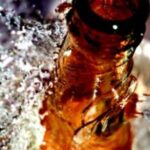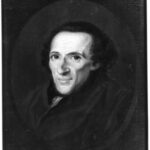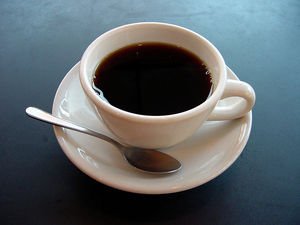Shiny Brite ornaments adorned most of the Christmas trees in America in the 1940s and ’50s. Half a century later they are popular again, with collectors searching for originals and admirers snapping up reproductions.
Americans became very fond of Christmas tree ornaments in the early 20th century, importing beautiful handcrafted mouth-blown glass ornaments from Germany and eastern Europe. Later, Japan also made ornaments for the Christmas market. Max Eckardt, who imported and distributed ornaments, was aware that Europe was becoming politically unstable and that ornaments were likely to become unavailable. He looked for a solution.
A recent development in glass manufacturing made it possible for the Corning Glass Company to mass-produce light bulbs from ribbons of molten glass. Eckardt thought the same machinery could make Christmas ornaments. He was right: Corning produced the glass spheres and Max Eckardt and Sons lacquered them on the outside by machine and then decorated them by hand. In December 1939, more than 200,000 ornaments were sold through the Woolworth chain.
In 1940 Corning’s glass ribbon machine produced about 300,000 ornaments a day. In 1941, the ornaments were silvered on the inside, using a silver nitrate solution, so they would remain “shiny bright” indefinitely. The technology was adapted to produce a variety of glass shapes.
These were not traditional European ornaments. The shining glass spheres seemed somehow to be “all American,” bright and cheerful and new. Even the packaging – solid brown cardboard stamped with “Made in America” – enhanced that feel. For several years, a picture of Uncle Sam and Santa shaking hands appeared on the lid of each box.
When the U.S. converted its resources to war support, ornaments could no longer be silvered. Shiny Brite produced clear glass ornaments decorated with thin stripes painted in pastel colors that didn’t require much metallic oxide pigment.
Traditional metal ornament caps could not be manufactured and were replaced by cardboard ones. Sometimes cord replaced the hook, or a cardboard hook was fastened inside the ball. Some companies even placed a bit of wood crossways inside the ball, with a cord attached to use as a hanger. Most of these flimsy caps were thrown away when the war was over. A paper cap will add $10 or $15 to the value of a collectable Shiny Brite ornament in today’s market.
In the postwar years, Shiny Brite made all kinds of ornaments, from jumbo balls to tiny balls the size of peas. They were silvered, decorated with metallic paints, stenciled with little scenes, flocked with imitation snow, or shaped with starburst centers. Popular colors were red, green, and blue. These postwar ornaments have stamped metal caps that say “Shiny Brite Made in US”.
Many of these vintage Shiny Brite ornaments can still be found at estate sales, antiques shops, and auctions. The plain balls are still inexpensive, sometimes as little as 25 cents each, but stenciled and flocked ornaments are more expensive.
A few years ago, the Christopher Radko company bought the rights to the Shiny Brite name and launched a line of vintage decorations. He says, ” These faithful re-creations of vintage decorations are dedicated to those who kept the home front safe, and to their loved ones who created lasting family memories by keeping the home fires warm for years to come.



